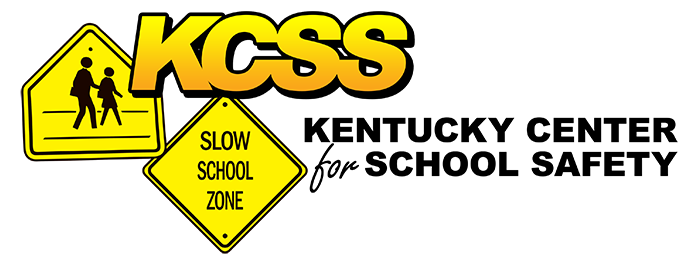Downloadable sections
Connectivity/Teachers/Students
Connectivity Focus Group
Conducted by the Kentucky Center for School Safety —
Eastern Kentucky University,
Richmond, Kentucky
Discussion Questions
- What makes you successful in “connecting” to students?
- Finding a niche for students who do not fit in
- Setting high expectations; strong discipline; love – not friendship – relationship; setting limits; consistency; and flexibility
- Accepting of best efforts (not just perfection)
- Showing personal interest in activities outside the classroom
- Maintaining a positive attitude at all times
- Showing trust and respect
- Exhibiting role model characteristics for day-to-day living
- Getting to know parents & listening to them
- Viewing classroom as a “family” (i.e. our class/our school)
- Providing “personal ownership”
- Creating a positive, fun atmosphere that automatically ensures a learning environment
- Sending positive notes home to reinforce achievements
- Focusing on the whole/total individual, not just in academic terms
- Willing to be involved in & participating in extra-curricular activities
- Using the words “our” and “mine”
- Having a natural gift to connect
- Exhibiting appropriate physical contact
- Showing conscious, intentional personal attention and effort
- Displaying genuine compassion and concern
- Being consistent in mood and attitude
Affording forgiveness for mistakes and willing to admit own errors
- Conveying openness by body language and proximity
- Sharing self in order to show that teachers are “human,” too
- Recognizing positive achievements, no matter how small
What are the barriers that prevent staff from “connecting” with students?
- Labeling/classifying/stereotyping of students (i.e. redneck, etc)
- Failing to differentiate ability-levels
- Scheduling of classes over short time frame (i.e. nine-week classes) that hinders ability to get to know students well
- Judging students on appearance issues (i.e. style of dress, hairdo, etc.)
- Making choices between time for students and time for family
- Limiting quality time with students due to the accountability for testing
- Lacking of teacher buy-in
- Grouping/classification of age and grades currently used
- Lacking intentional, individual student success plans
- Lacking flexibility with individual student schedules to avoid repeating past negative experiences
- Lacking enjoyment/enthusiasm about job
How can “unconnected” students be identified?
- Observing those who play caretaker role for younger siblings
- Knowing who has “pressure” at home to succeed
- Using breakfast time to observe and interact with them
- Taking special note of those who arrive early/leave late frequently
- Having impromptu social interaction
- Noticing those who isolate themselves in restrooms, etc.
- Listing of those not involved in any activities
- Identifying new students
- Making use of written work
- Recognizing that “middle-of-the-road” students often get lost in the shuffle and do not get the attention given to high achievers and low achievers
How can all school staff be more effective in “connecting” to students?
- By involving staff as a group at extracurricular activities
- By planning student activities at beginning of school year to observe students’ interaction with peers
- By providing special attention to new students
- By making students feel special with small rewards
- By participating in mentoring training
